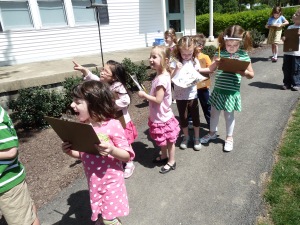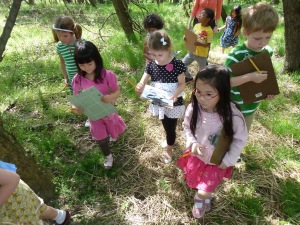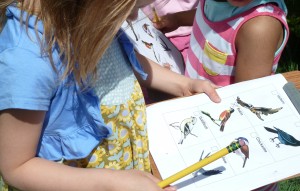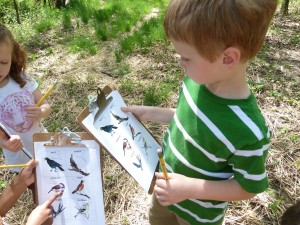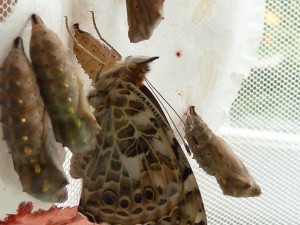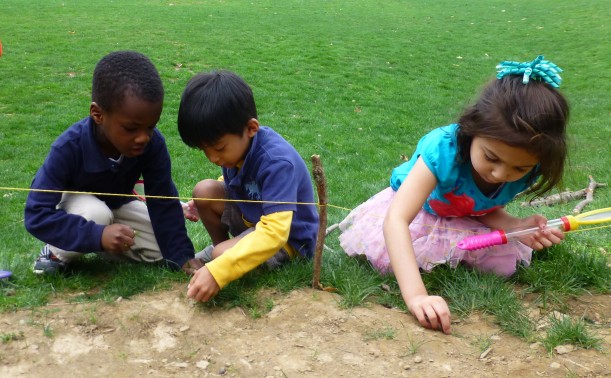 Yesterday on the side of the sledding hill, the children discovered some very small holes along a muddy patch. After some careful observation, a few small black ants were spotted. A discussion regarding the creation of the tiny mounds surrounding the holes raised many questions. A few of the children thought that the dirt piles were sand that had been carried from the sandbox and placed by the holes as play areas for the ants. Some suggested the grains of dirt were a food source. One girl suggested that the ants had brought the small specs of dirt up from their tunnels using their legs and created the pile as they made bigger tunnels.
Yesterday on the side of the sledding hill, the children discovered some very small holes along a muddy patch. After some careful observation, a few small black ants were spotted. A discussion regarding the creation of the tiny mounds surrounding the holes raised many questions. A few of the children thought that the dirt piles were sand that had been carried from the sandbox and placed by the holes as play areas for the ants. Some suggested the grains of dirt were a food source. One girl suggested that the ants had brought the small specs of dirt up from their tunnels using their legs and created the pile as they made bigger tunnels.
As our time outdoors drew to a close, we realized that the area might soon be overrun by larger children. The Pre-K children were worried that the older students might not see the ant “homes” and accidentally step on them. We called for suggestions to “save the ants.” After some thought, a fence was designed and built using sticks and yarn.
Although the weather has dipped back to freezing today, we are hoping to revisit our Ant Observation Sanctuary soon. Many of the children mentioned the ants in their planning journals this morning. With luck and good weather, we’ll keep an eye on this little colony for the rest of the school year.

